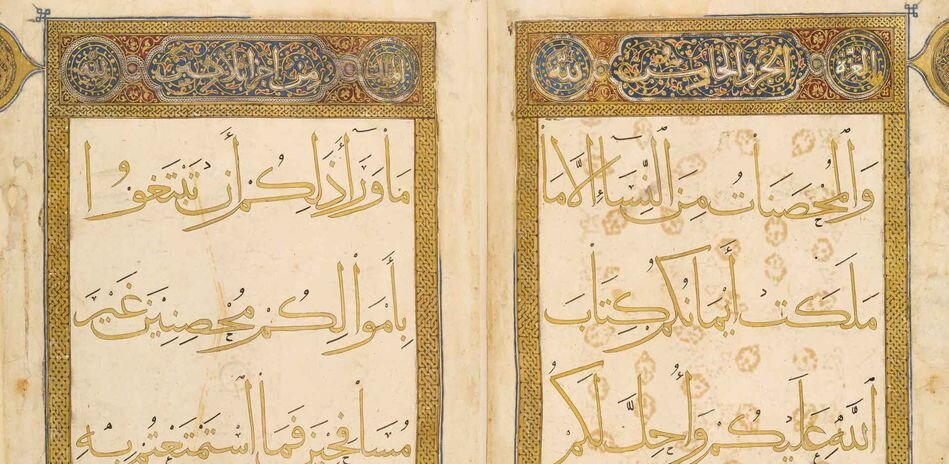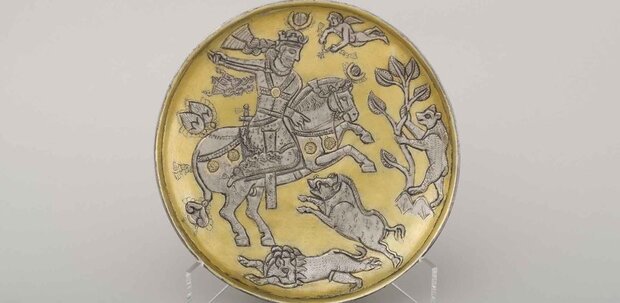Berlin to host gorgeous show of Iranian arts

TEHRAN – Tomorrow, a vast collection of Iranian arts and culture will go on show at the National Museums of Berlin, to cast a rare light on 5,000 years of the history of the nation.
The exhibition explores the central role that Iran has played in the context of cross-regional political, economic, and cultural relations. As a “cultural highway” connecting Asia, Africa, and Europe, Persia is a place of extraordinary ethnic and linguistic diversity.
It features over 300 objects from the Sarikhani Collection as well as numerous collections of the National Museums in Berlin, highlighting Iran's outstanding importance as a source of inspiration and center of intercultural exchange between the Mediterranean, China, and India from the first advanced civilizations of the 3rd millennium BC to the end of the Safavid Empire in the early 18th century. In a chronologically structured course with seven stations, they illustrate incisions, adaptations, and transformations. Additionally, they present a rich mixture of the cultural creativity of urban societies
The exhibition takes visitors on a journey through time and the country’s rich cultural heritage.According to organizers, it is for the first time in a Berlin institution that the cultural history of Iran – from the early civilizations through to the modern era – is the focus of a major art-historical survey exhibition.
The exhibition – a must-see for lovers of painting and ceramics in particular – shows how, over several thousand years, a specifically Iranian cultural identity emerged from Farsi as a language of instruction and cultural production, an identity that was continuously transforming, particularly among the cross-regional networks of traders and scholars and at moments of radical change, such as war or forced migration. Time and again, invaders and invaded alike adopted the language and culture, renewing and reforming it as they went.
The exhibition takes visitors on a journey through time and the country’s rich cultural heritage. Some of the highlights along the way include the empires of the Achaemenids and Sassanids, the formation of a Persian Islamic culture, the extraordinary artistic achievements of the 9th to 13th centuries, and the Golden Age of the Safavids.
Iran is renowned as a cradle of civilization. From the early civilizations, Elam and the ancient Kings of Persis with their seat in Persepolis to the incursions of Genghis Khan and the important imperial city of Isfahan right through to the beginning of the modern era, the evolution of Iran is arranged into a chronological tour, illustrated with traditions, transformations, and complex relationships.

Royal hunting of lions, bears and boars. Silver, gilt, Armenia or Iran, 6th/7th century AD © Staatliche Museen zu Berlin, Museum für Islamische Kunst / Ch. Krug
A fascinating cultural landscape developed over thousands of years in Iran. Situated between deserts, mountain ranges, and bodies of water, the region was home to great historical civilizations, yet its artistic achievements are unknown to many outside of scholarly circles. Even though the country is not only located in one of the oldest and most important cultural regions in the world but has also been home to key cultural, artistic, and scientific trends and discoveries that have had wide-ranging impacts, reaching Europe.
The exhibition will be running through March 20, 2022.
AFM

Leave a Comment